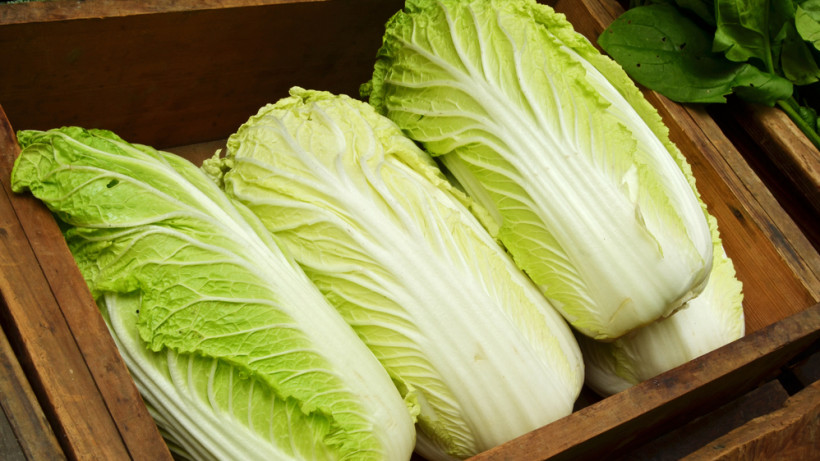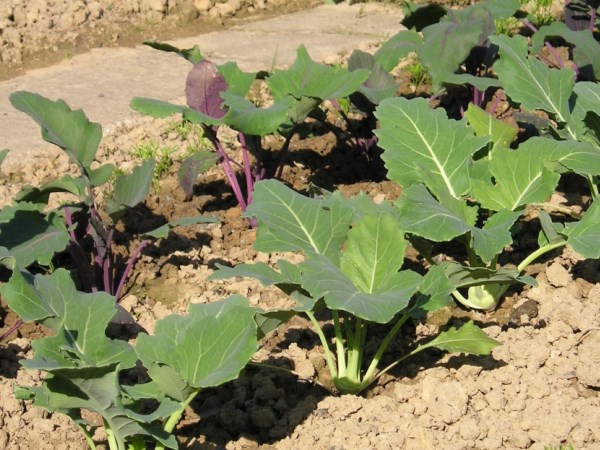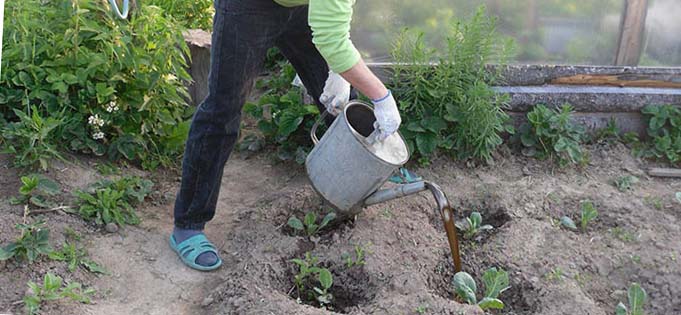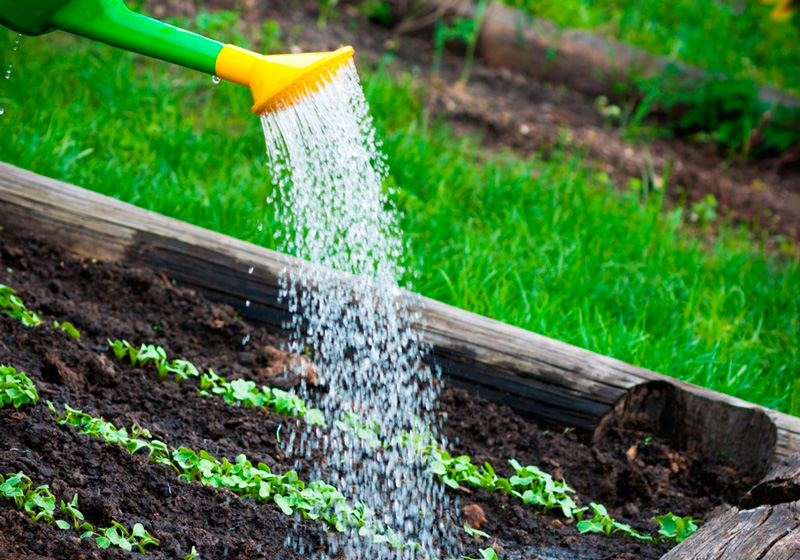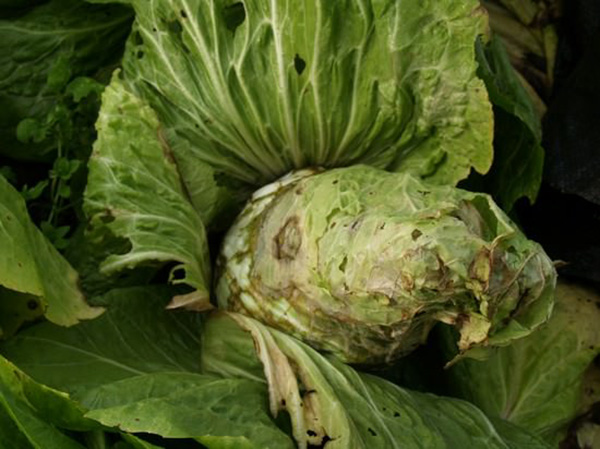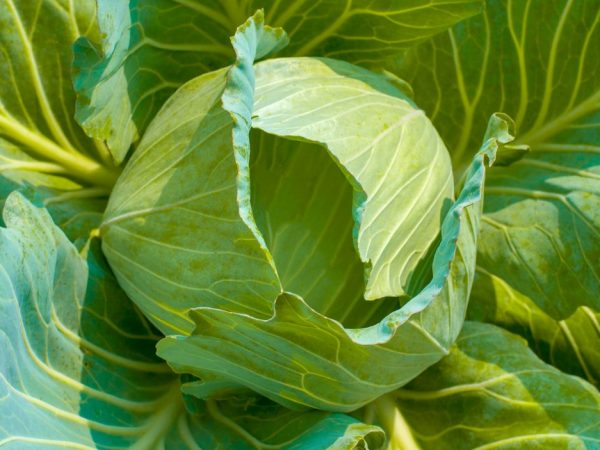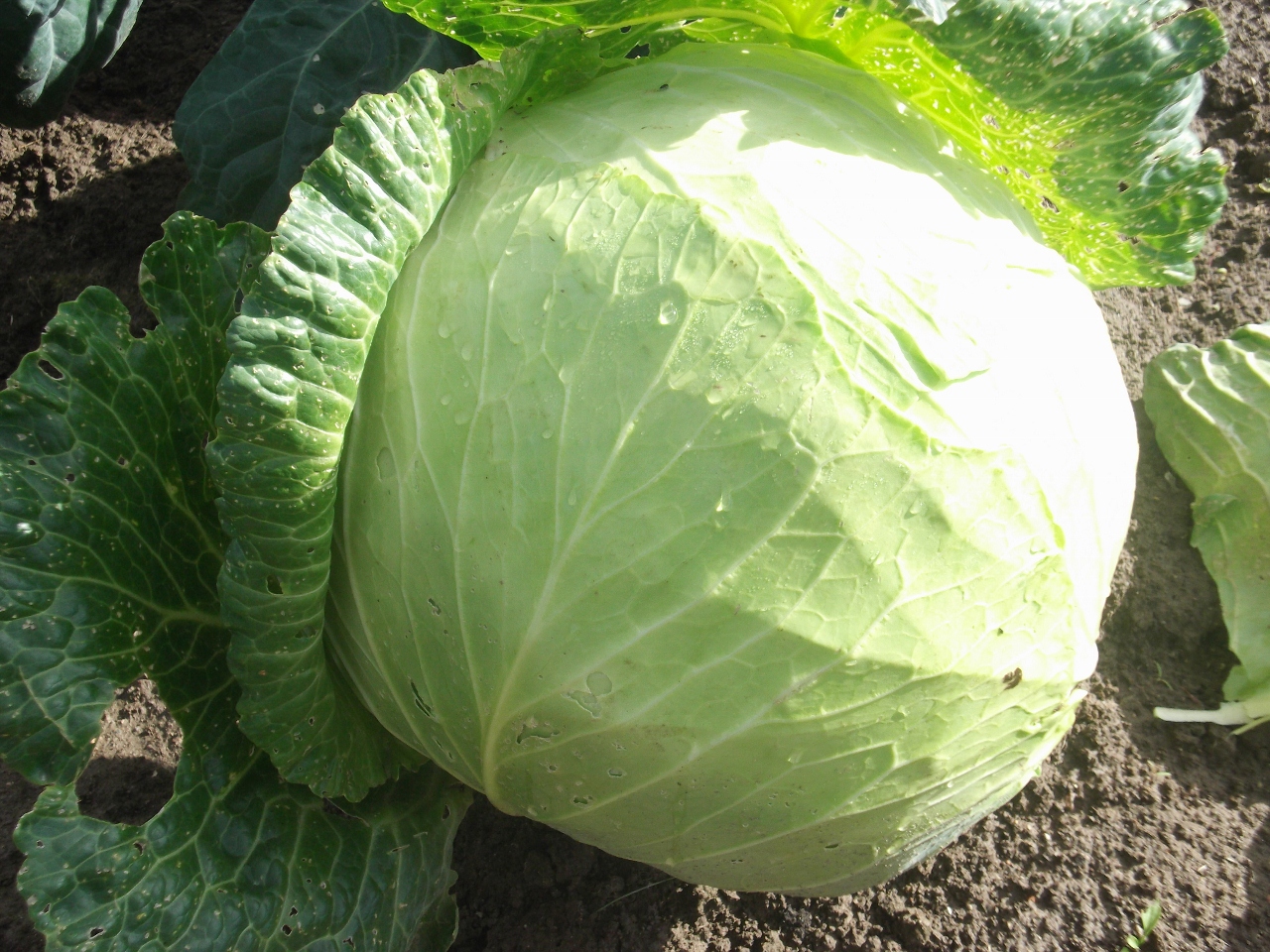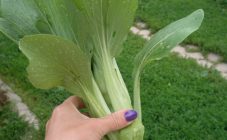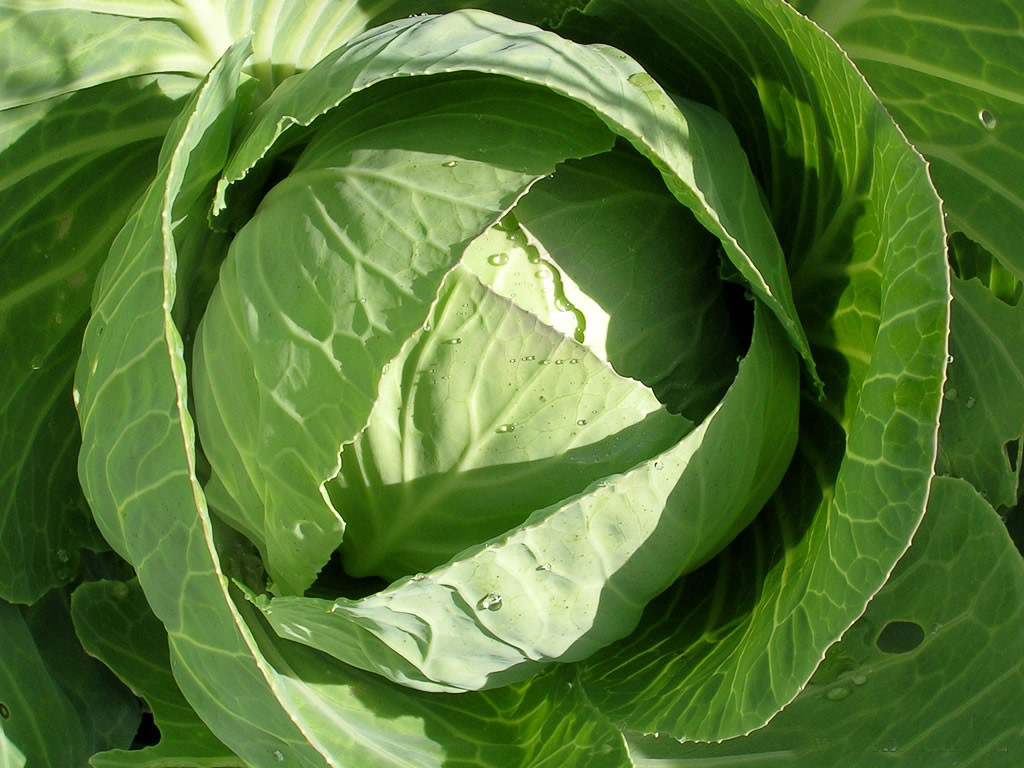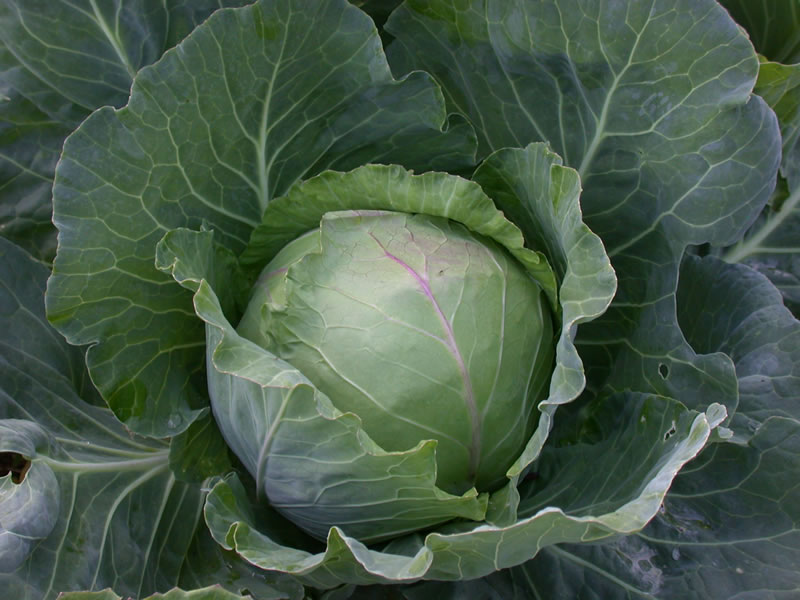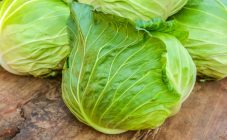Content:
Peking cabbage is a relatively new crop in our country. It is a subspecies of turnip. It is a herbaceous plant that represents the Cruciferous family. As a garden plant, Peking cabbage gained popularity in China, but soon it reached Indochina and Japan through the Korean Peninsula, where it became, perhaps, one of the most widespread and demanded crops. In common people, it is often called a head lettuce due to the elongated shape of the head of cabbage and light green color.
Basic information about culture
Today, Chinese cabbage is actively grown in all countries of the CIS, especially in Russia, Ukraine and Belarus. This is due to the simplicity of growing, feeding and processing crops. Even when planted in a seedless way, you can grow a good harvest.
Peking cabbage has juicy, tender and whole leafy plates of a light green color. The foliage is wrinkled and bloated. The height can vary from 15 to 35 cm, depending on climatic conditions and compliance with the rules of agricultural technology. There are a large number of varieties on which the shape and density of the rosettes depend. The taste is neutral, the leaf is crispy and juicy.
Beneficial features
- Strengthens the immune system.
- Strengthens the cardiovascular system, it is recommended to include people with heart disease in the diet.
- Due to the chemical composition of Peking cabbage, it removes heavy metal compounds from the body.
- Prevents and treats constipation, has a beneficial effect on the functioning of the digestive system, easily cleanses the intestines.
- Strengthens the nervous system, fights chronic fatigue, insomnia and depression.
- Experts recommend enriching the diet of people with diseases such as gout, rheumatism and arthritis.
Chinese cabbage: cultivation
Many novice and experienced agronomists are wondering how to grow Peking cabbage in the country. You should not be afraid, since it is not difficult to take care of her.
You can grow Chinese cabbage at home using seedling and seed methods. The seedling method has many advantages. This is due to the rapid growth and reduction of the ripening period of the heads of cabbage.
Growing Chinese cabbage from seeds
Peking cabbage belongs to frost-resistant plants: it is not afraid of frosts, seeds are able to germinate at a temperature of +4 degrees, but active development and rapid growth begins when the air temperature reaches + 15-22 degrees. At high temperatures, the crop can bloom. That is why, it is recommended to give preference to the seedling method, since it allows you to harvest the crop after 3-4 weeks (long before the onset of heat).
Sowing of planting material should be carried out in loose soil. But the problem of culture is that it is very difficult for it to tolerate picking, so it is better to sow seeds not in one large container, but in miniature individual peat cups. The dry planting material is deepened into a moist substrate, the depth is not more than 1.5 cm. Before germination, it is placed in a warm, well-ventilated and dark place.
A few days later, after the shoots appear, the containers can be taken out to the light. At this time, the temperature regime should be within + 6-7 degrees. Watering young plants should be done regularly as soon as it becomes noticeable that the soil is dry. For watering seedlings, use only settled water. After watering, be sure to loosen the soil. When 2-3 full-fledged leaves are formed, one of the strongest and healthiest-looking seedlings is left in the pots, and the weak ones are pinched off (it is not recommended to pull out the plants - this can injure the remaining shoot).
Landing in open ground
The basis for the correct cultivation of Peking cabbage in the garden is planting seedlings in open soil. There are no special care secrets. It is advisable to plant at a time when 5-6 true leaves are formed on the seedlings (as a rule, at least three weeks from the emergence of shoots).
10 days before the expected planting, the plants begin to harden - take them out into the fresh air every day, gradually increasing the duration of such walks. When the seedlings can be outdoors for 24 hours, they can be transferred to open soil. To prevent the seedlings from overgrowing, they must be stopped watering a few days before watering.
Of great importance in the cultivation of Peking cabbage is the choice of a site on the territory of the dacha. The plant is light-loving, so planting should be carried out in sunny areas. The soil should be neutral, light, loose and fertile, always drained. Loam is best suited in such cases.
Before proceeding with the direct planting, it is necessary to prepare the land plot. If there is a need to lime the ground, it should be done in the fall. In the spring, at the site of the proposed planting, it is necessary to feed the soil. This is done after digging up the earth. Optimal fertilizers are compost and humus.
After that, the holes are prepared: if the gardener grows cabbage for salad, he leaves an interval between rows of no more than 15 cm with a row spacing of up to 50 cm; if cabbage is grown for cabbage, the interval between them should be about 40 cm. Superphosphate, wood ash, urea and ammonia for cabbage is the best fertilizer complex. At the same time, ammonia helps to get rid of ants, aphids, bears and other pests at the same time.
Care
To grow a good harvest, you must follow all agrotechnical rules.
- Peking cabbage is moisture-loving.
- One of the main advantages of culture is frost resistance.
- Relative light-requiring.
Favorable conditions for growing crops - a short daylight hours and an air temperature that varies within + 15-22 degrees. To grow Chinese cabbage, the following rules must be observed:
- Water abundantly on the seed of Peking cabbage, as well as seedlings.
- Loosen the soil regularly to provide the plant's root system with an optimal amount of oxygen, as well as vitamins and minerals (this will also get rid of pests and weeds).
- Mulching the soil regularly, if necessary.
Pests and diseases
Gardeners note that Chinese cabbage is resistant to most diseases and pests. Only slugs and cruciferous fleas are a threat to the crop.
To combat them you will need:
- Before sprouts form, it is recommended to sprinkle the soil abundantly with ash.
- Spraying with special chemicals or home-cooked according to folk recipes.
- Do not plant in the former seedling area of cruciferous plants such as radishes.
- The beds can be irrigated with brilliant green solution.
- You can put wooden boards between the rows, and then collect insects and destroy them.
It is much more difficult to treat diseases, so it is better to carry out all preventive measures to prevent their occurrence. Neglect of these rules can leave the summer resident without a crop.
Harvesting, storage rules
Adult Peking cabbage has a high cold hardiness. It is able to withstand temperatures as low as -4 degrees. That is why you should not rush to harvest miniature heads of cabbage, because Peking cabbage can safely grow in the beds until the second half of October.
The fruit can be harvested when the head of Chinese cabbage is firm enough. Early maturing varieties are not intended for long-term storage, they are used specifically for summer consumption. But the varieties that are planted in mid-July, subject to all the rules for harvesting and storage, are able to lie until the end of December and longer.
The optimal temperature regime for storing heads of Peking cabbage is + 5-7 degrees. Each unit must be wrapped in cling film or newspaper, and then placed in a plastic bag. Newspapers should be changed regularly to prevent decay.
Peking cabbage is a unique culture that combines useful properties and excellent taste. It is not difficult to grow it, it is enough to study all the rules of planting and caring for a plant and strictly follow them. Only through trial and error will it be possible to achieve the result.
